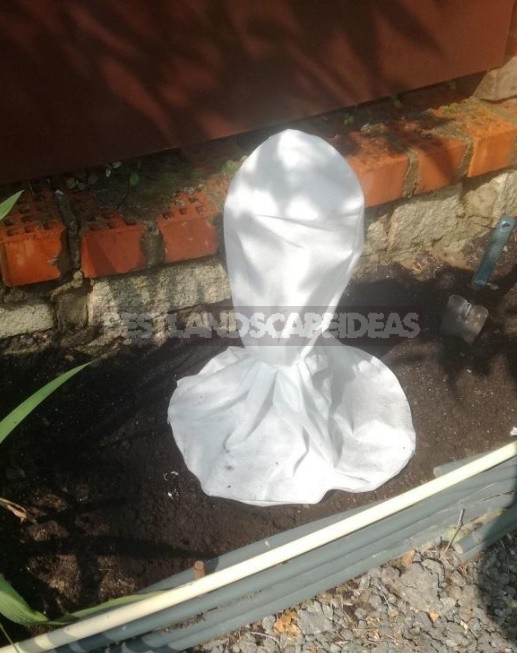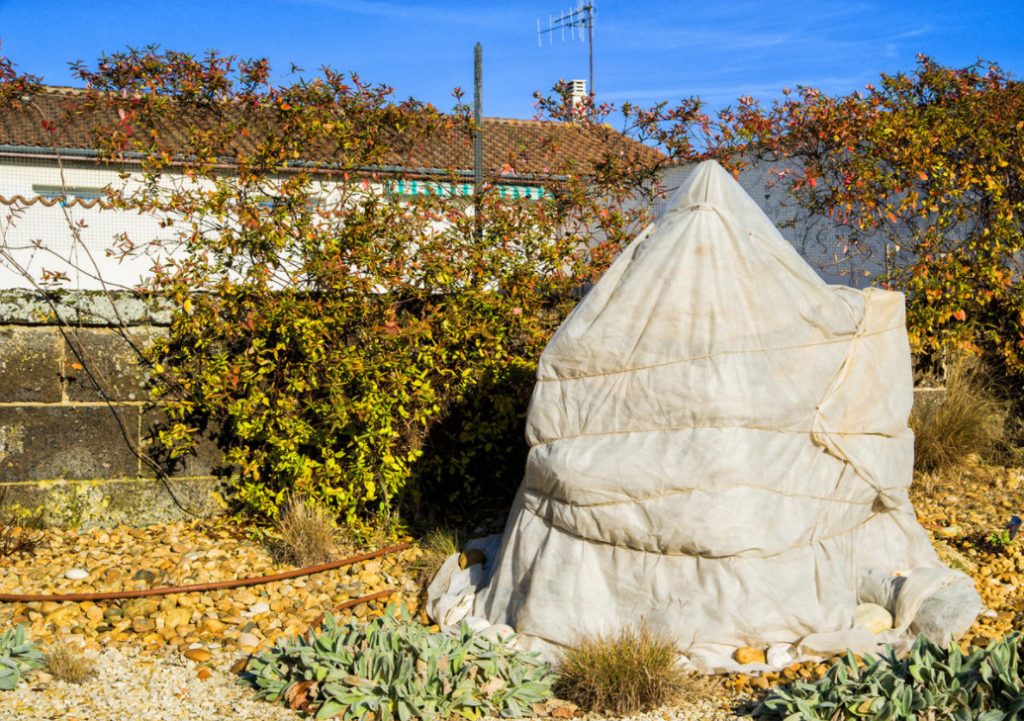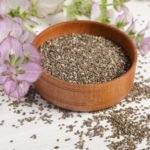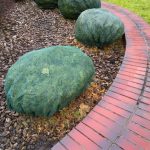Many of the crops that live on our plots come from warmer climates. Therefore, for most gardeners and gardeners, the realities of country life are such that in the spring you have to grow seedlings, and in the fall you have to shelter tender green Pets. Usually, the season closes between mid-October and the end of November, and there is no longer any time to wait. Have you already decided what, when, how, and most importantly — what crops you will cover? Let’s test your knowledge.
The shelter of grapes for the winter
This southerner has long since conquered the middle lane and is making his way further North. Many summer residents can boast a decent harvest of grapes. However, the fact remains that almost all more or less interesting varieties require shelter for the winter.
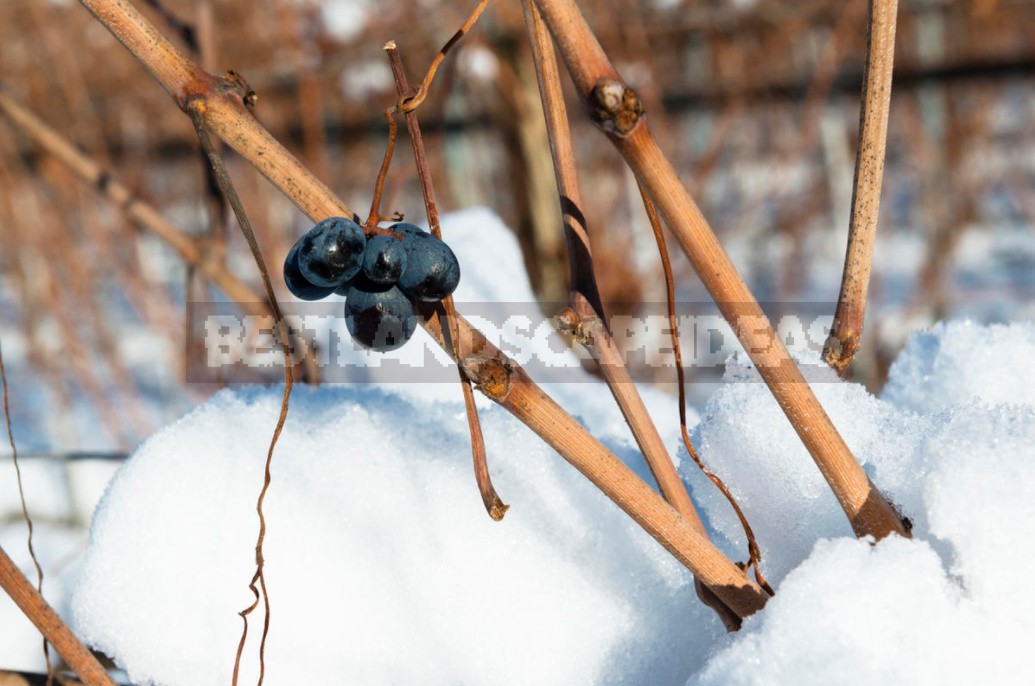
Both experts and Amateurs agree that an earth shelter is the most unreliable and inconvenient, from any point of view, and is only suitable for areas with predictable winter and loose soil. In other situations, the grapes are cut for the winter, bent and arranged air-dry shelter. This means that the vines are dry in the air. With this wintering, the plants do not get wet, do not warm up, and therefore come out of hiding healthy in the spring.
The shelter of fruit trees
Undoubtedly, most of the fruit trees in our gardens do not require shelter for the winter. These are proven acclimatized varieties that can easily tolerate frosts. But young trees of the first or third years of life often suffer from strong winds, cold, and the bright March sun. Some seedlings freeze completely, others seem to Wake up in the spring, but due to winter damage, they get sick and develop very slowly. Separately, I would like to note that columnar Apple trees should be sheltered for the winter at any age.
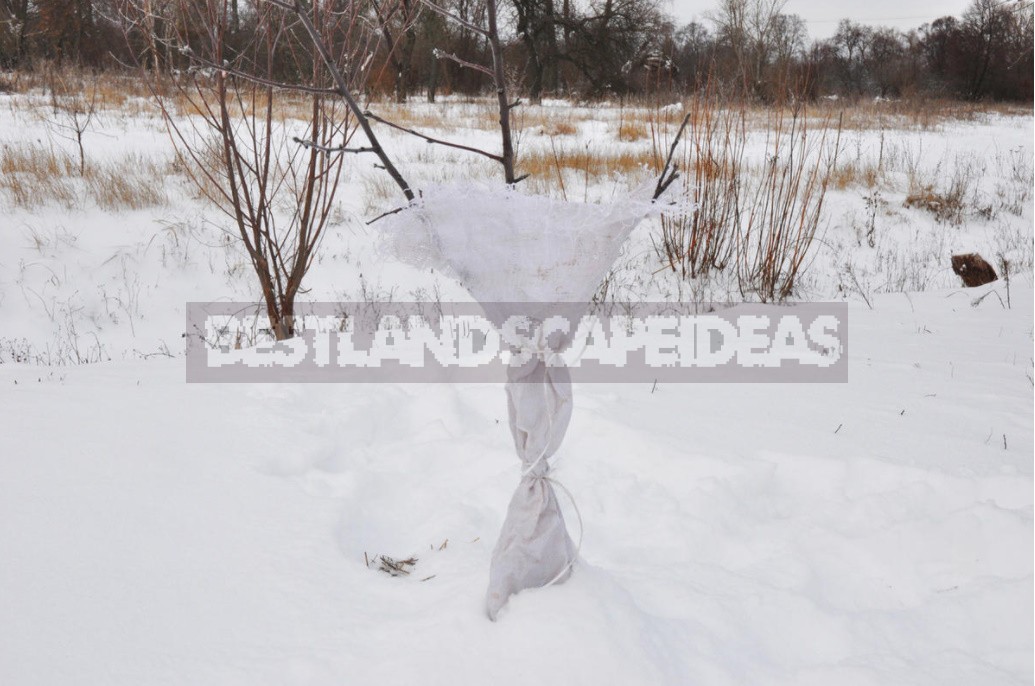
The easiest way to protect fruit trees from winter troubles is autumn whitewash. It will protect trunks and branches from frost and sunburn. It is usually carried out from the end of October to mid-November, depending on the temperature: the average daily temperature should not be higher than +10°C. But to protect young trees, especially those planted in the current season, this is absolutely not enough. They should be wrapping light material (lutrasilom, Agroprom) and securely fasten it. Very small trees-twigs can be wrapped entirely, the rest wrap the stem from the ground to the fork of skeletal branches. To insulate the roots in the trunk circle is good to pour humus and cover the top with a small layer of sawdust.
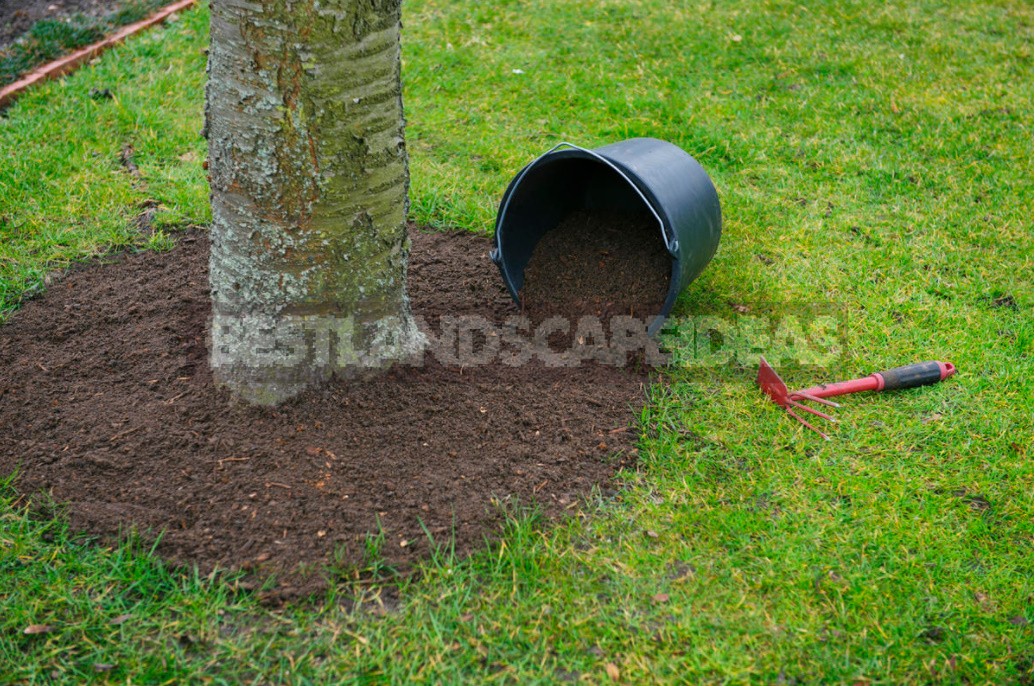
Shelter of coniferous plants
This type of plant, on the one hand, is famous for its resistance. If you have an authentic adult spruce or pine tree growing on your site, then, of course, no shelter is required. But when it comes to young coniferous plants or exotic and often dwarf decorative varieties that adorn the entrance area or rock garden, then the situation is different. Sensitive species of thuja, juniper, Tsuga, as well as Pinus strobus, Pinus mugo, Pinus nigra, Picea glauca ‘Conica’, etc. they require shelter, but not as insulation, but rather for shading from the bright sun, which can leave serious burns.
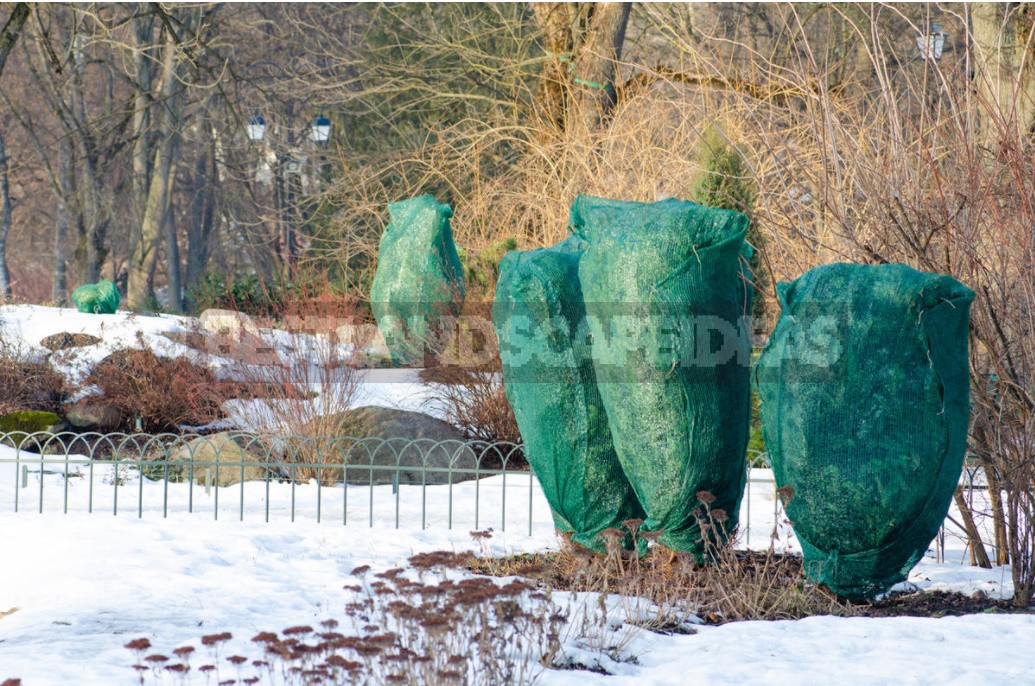
When preparing for winter, the branches of vertically growing specimens are carefully tied with twine or twine, bringing them closer to the trunk. Non-woven light covering materials are not very suitable, as they can accumulate heat on Sunny days. It is better to take burlap, rare jute cloth, Kraft paper, you can even use Newspapers and wrapping paper. It is important that the shelter is breathable, so that polyethylene, etc. should not be taken. On sale you can find special shelters for conifers, as well as a shading net.
Shelter of roses for winter
These demanding beauties will make any owner take care of them. There are, of course, roses that do without shelter for the winter, but there are very, very few of them. Despite its fastidiousness, the Queen of flowers is very popular: if you look at the publications on our website, you can see that most of the decorative plants are articles, questions and entries in personal diaries about roses.
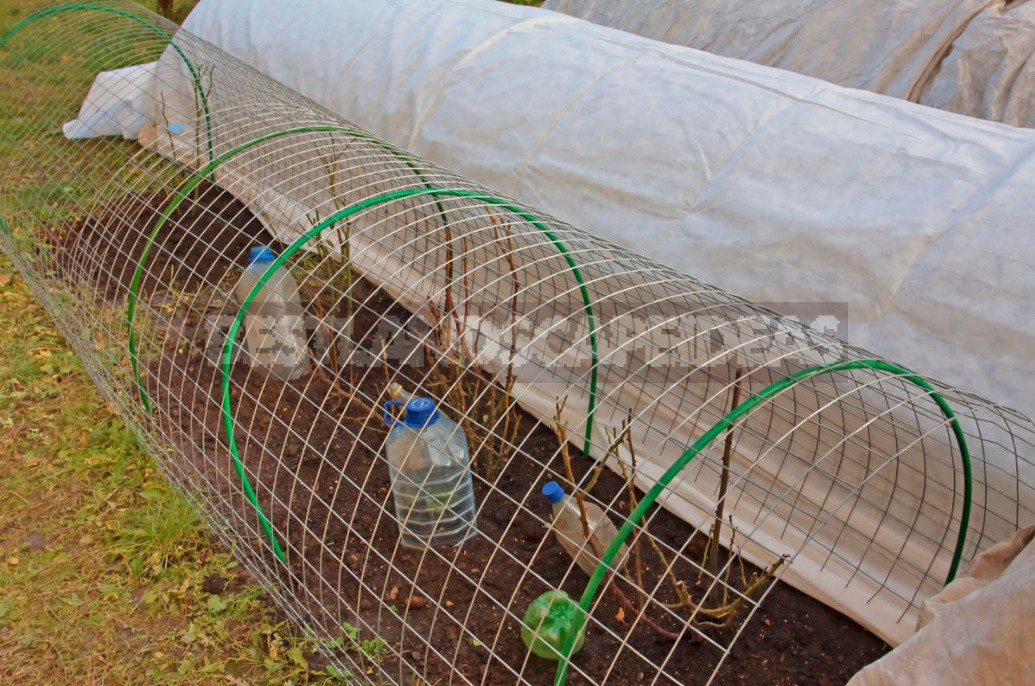
Many rose growers consider spruce branches to be the best material for warming their charmers. However, it is not easy to find it everywhere, especially since pruning live trees is blasphemy. For roses, an air-dry shelter is organized: a covering material is thrown over the frame. And if you are preparing a climbing rose for winter, then after bending down to the ground, you should put some kind of padding under its shoots such as a plywood shield, boards, etc. Hilling with earth or a mixture of earth and sawdust in most cases does not give a good result.
